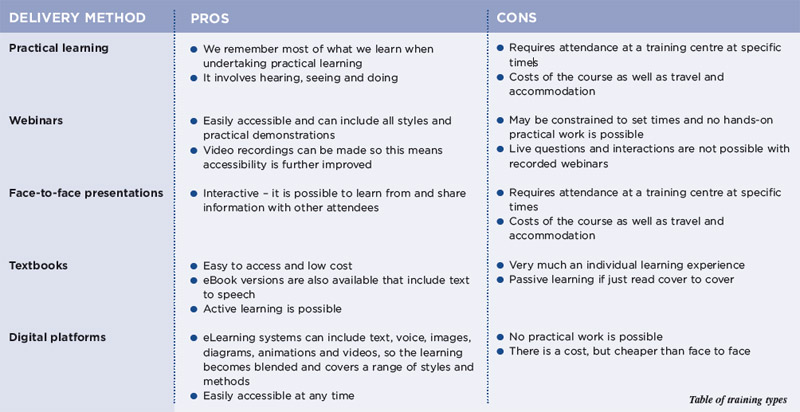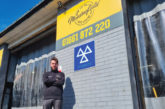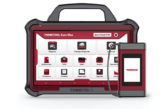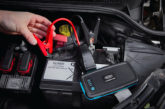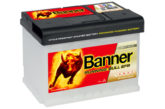
Tom Denton, founder of the Automotive Technology (AT) Academy and prolific publisher of automotive training textbooks, is back with a second article. This time around Tom discusses the complexities of learning and how to identify the best education methods for you.
Keeping up to date with everything in the automotive sector is difficult because things are changing all the time. It is possible, but it does need a commitment to continuing professional development (CPD).
However, this is something that is often misunderstood. CPD is not about going on face-to-face courses, although that can be an important part. Rather, it simply means learning what is necessary to keep pace with technology changes in our industry.
How should we do this CPD and what is the best way to learn and remember? To answer this question, we first need to understand how we learn, and further, what methods work best for us as individuals. Before we look at these things, I would like to add one other important point here: training is not an expense, it is an investment.
How do we learn?
There are arguably three main learning methods or styles:
- Visual
- Auditory
- Kinaesthetic
These can be simplified as you can see in Fig 1.
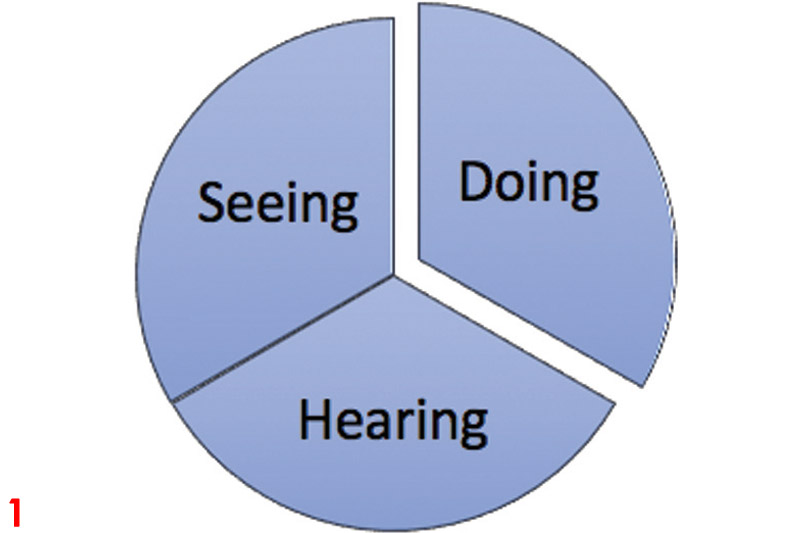
For example, if you are a visual learner, then you may learn best when taught using images, pictures, and video. An auditory learner would prefer vocal or written methods, whereas a kinaesthetic learner would learn best through physical activity. Even though this simplified view is open to debate, some people clearly do prefer one method over another. Matching delivery of the teaching to the recipient’s preferred style is the most effective method. All learning tends to follow the learning cycle. A simplified version is shown in Fig 2.
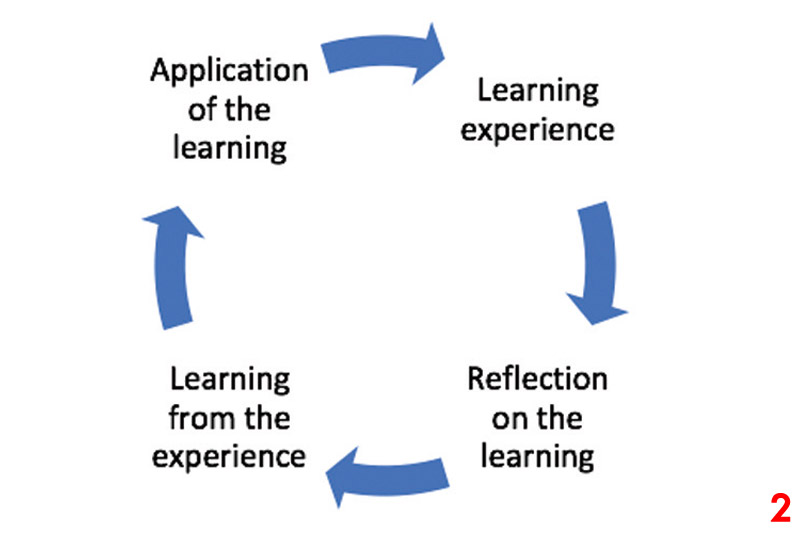
The level of our involvement in the learning definitely determines how much we remember.
How much do we remember?
How much we remember about something is very much determined by the way we learnt about it. The pyramid of learning (Adapted from: Audio-Visual Methods in Teaching (3rd Ed.), Edgar Dale, Holt, Rinehart, and Winston (1969)) is a good way to represent this (and a visual way to teach in addition to the text!).
As a textbook author, I found it hard to put reading at the top. However, don’t let the hierarchy put you off. This is just a representation and it is, for example, possible to read actively by keeping notes or answering questions or telling others what you have learned.
People do learn in different ways, yet some methods are more geared towards one type of learner than another. An individual learns best, therefore, when a range of methods are used. Practical hands-on learning is clearly ideal, but not always physically possible.
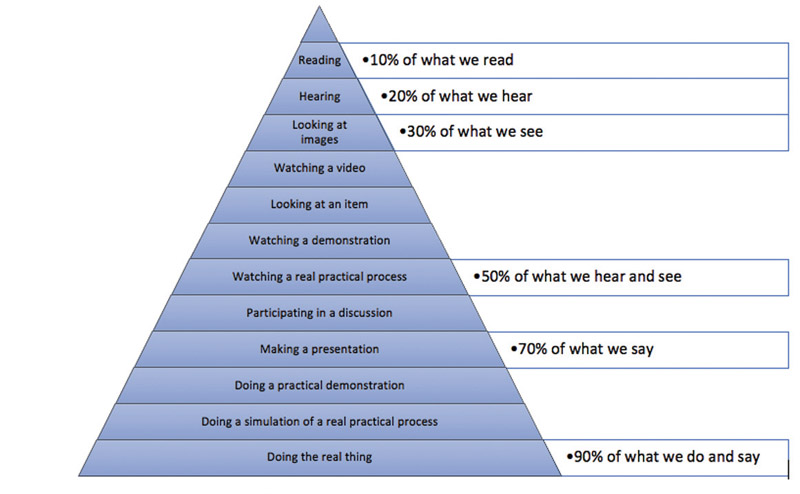
What we do is very much a practical job, but it also requires significant knowledge, communication skills and much more. In an ideal world, we would perhaps attend face-to-face practical training sessions every week or every month. In reality, we have to choose other methods that do not use too much time or require too much travel.
What are the best methods for you?
Bearing in mind what we have discussed so far, we also need to weigh up the pros and cons of what type of training we should do.
Costs, time and accessibility are all issues that we need to consider, as you can see by the ‘Table of training types’ on the previous page.
How can you improve your own learning?
As a final note, here are my top tips to improve your learning no matter what method or style:
- Learn by doing wherever possible (active learning)
- Learn by hearing or reading about the subject if doing is not possible (passive learning)
- Build connections between what you learn and your previous experience (construct)
- Discuss with other learners (collaborate)
- Think about what you have learned (reflection)
